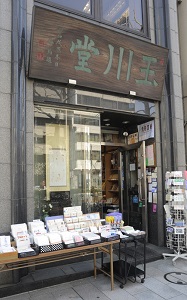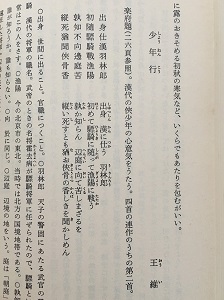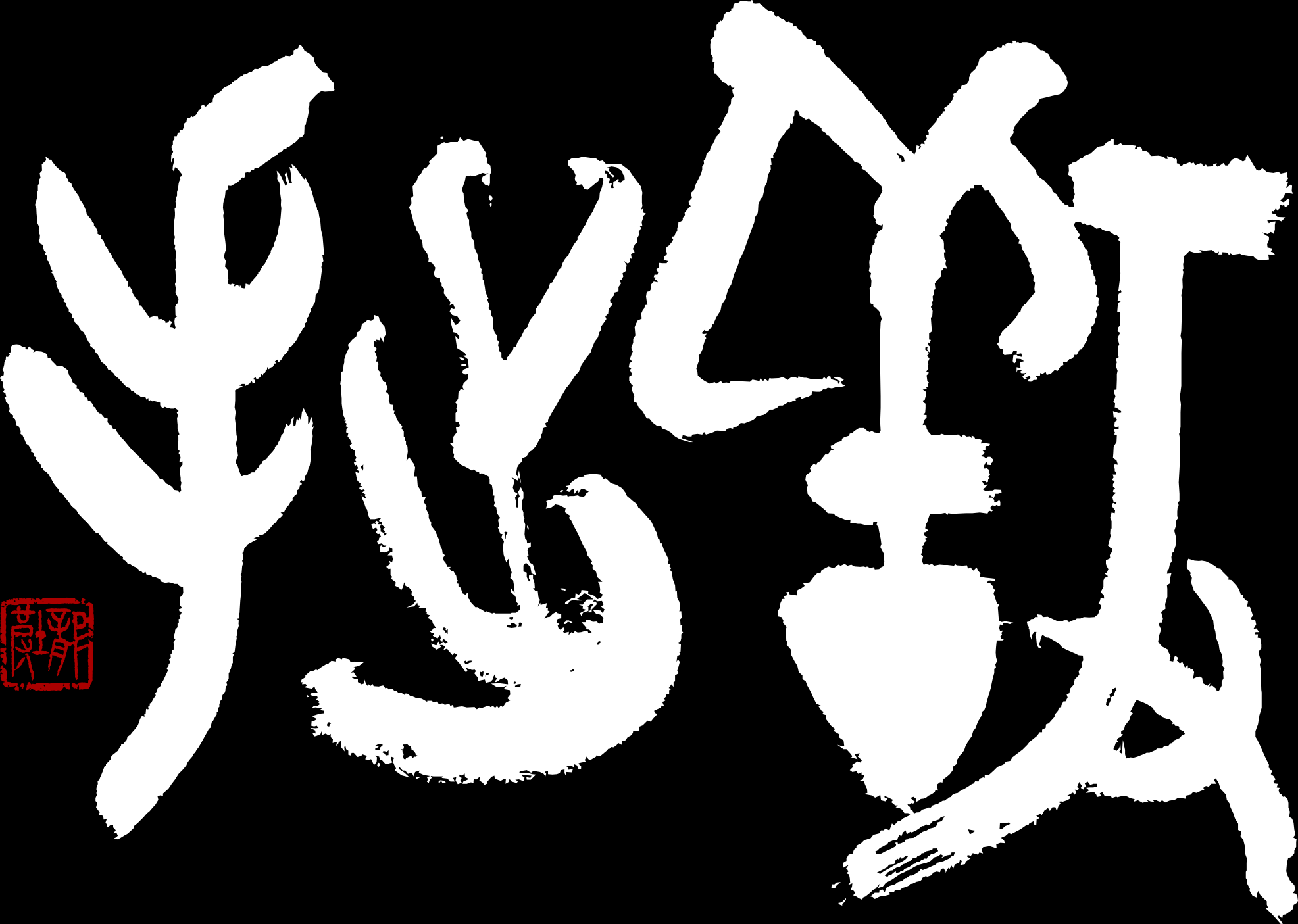This is a profound question, and one which will, in due course, get a fuller treatment on this website. For now, a brief overview should suffice…
When we refer to “calligraphy” on this site, we mean Japanese and Chinese calligraphy. Calligraphy, or sho (書) in Japanese, is essentially the practice of writing Chinese or Japanese characters with a brush and ink on paper.
Chinese characters are known in Japanese as kanji (漢字). Each kanji has one or more meanings and associated sounds, although these sounds differ between Chinese and Japanese and between regional variations of Chinese. You can find out more about kanji here.
Japanese characters, known as kana (かな), are phonetic. That is, they do not have meanings; they simply represent sounds (like the letters of the English alphabet). Kanji were introduced to Japan from China in the middle of the first millennium CE, and kana were subsequently derived from kanji to enable spoken Japanese to be written.
Almost all Japanese people have studied sho, even if for just a few years at elementary school. You can see examples of it almost everywhere: decorating temples, public buildings, shops, and so on.

The sign outside Gyokusendō, a store in Tokyo that sells excellent brushes, paper, and other items for calligraphy.
Most Japanese people have an appreciation for beautiful writing and a deep respect for those who devote their time to studying calligraphy. Outside Japan, it seems that many people find this art form captivating. Moreover, even among those who cannot read kanji or kana, there seems to be an awareness that sho is not merely an abstract collection of lines and dots: it is writing.
What do people write?
Poetry is the most common choice for Japanese and Chinese calligraphers. Those writing kanji usually write Chinese poetry. Because kanji are common to both China and Japan, Chinese poetry can be read in Japanese with a little study. Those writing kana usually write Japanese poetry, such as 31-syllable tanka (短歌) poems. Other sources of inspiration include Buddhist sutras, Confucian or Taoist maxims, or even pop song lyrics.

A Chinese poem in a famous collection of poems from the Tang dynasty, known in Japanese as Tōshisen (唐詩選).
How do you appreciate sho?
Although it helps if you have an explanation of the meaning of the characters in a piece of calligraphy to understand the calligrapher’s interpretation of them, you can still enjoy a piece of calligraphy without a detailed description. The composition, the energy, the variation in line quality, the three-dimensional appearance of characters, and the integrity of the whole are all aspects that anyone can appreciate.
The most important thing is your initial reaction to a piece of calligraphy: if you like what you see, good; if you don’t, look at another one. The diversity of styles in sho is so great that there is bound to be something which appeals to your tastes.
